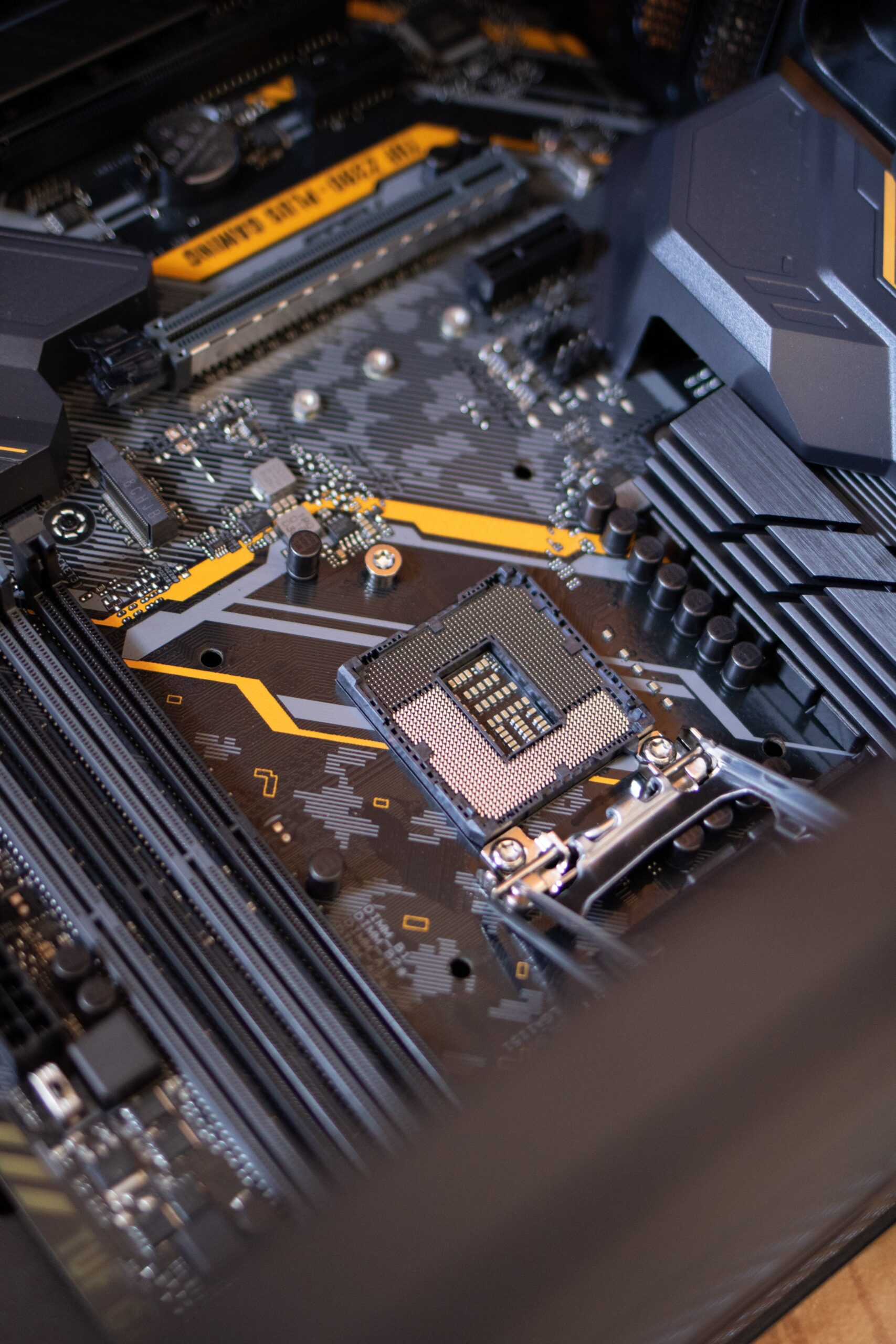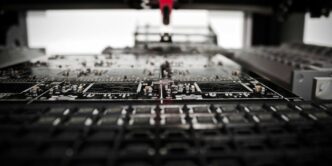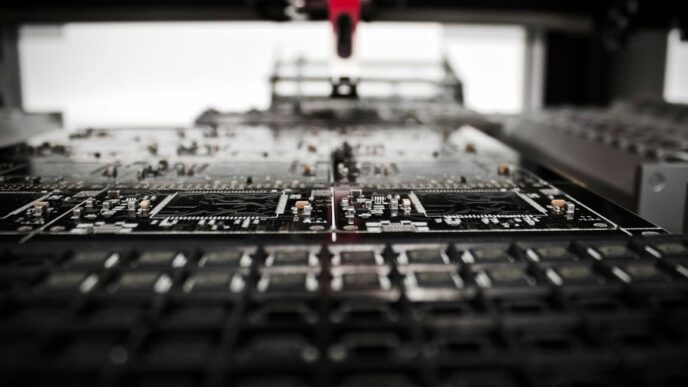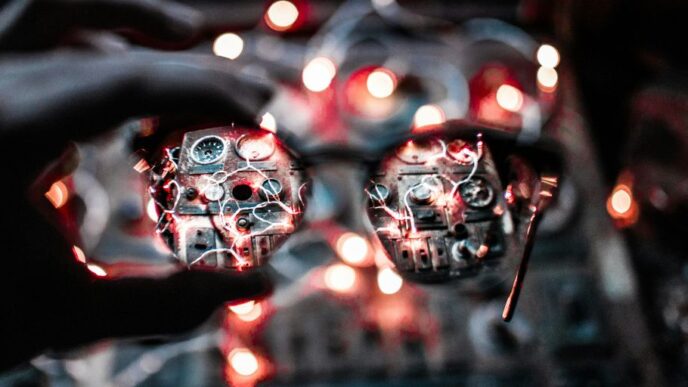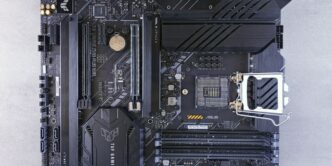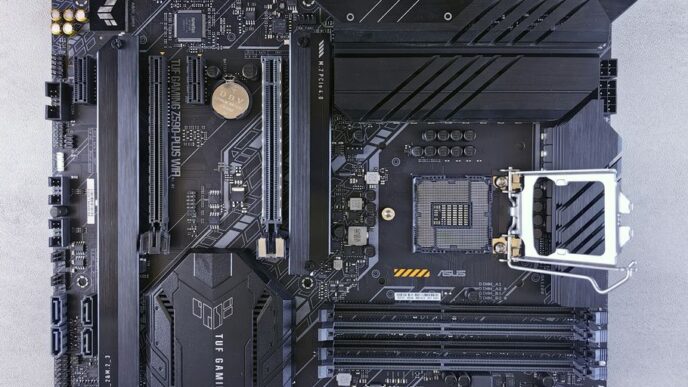Introduction:
In the intricate world of electronics, the functionality of devices and systems hinges on the harmonious interplay of various electronic components. From resistors and capacitors to transistors and integrated circuits, these fundamental building blocks form the backbone of modern technology. In this article, we embark on a journey through the diverse landscape of electronic components, exploring their functions, types, and the pivotal role they play in shaping our interconnected, digital world.
- Resistors:
- Function: Resistors limit the flow of electric current in a circuit, helping control the voltage and prevent damage to sensitive components.
- Types: Fixed resistors have a constant resistance value, while variable resistors (potentiometers) allow for manual adjustment of resistance.
- Capacitors:
- Function: Capacitors store and release electrical energy, smoothing voltage fluctuations and providing energy to support transient loads.
- Types: Electrolytic capacitors, ceramic capacitors, and tantalum capacitors are among the various types, each with distinct applications.
- Inductors:
- Function: Inductors store energy in a magnetic field when an electric current flows through them, resisting changes in current.
- Types: Inductors come in various shapes and sizes, with common types including air core, iron core, and toroidal inductors.
- Diodes:
- Function: Diodes allow current to flow in one direction only, acting as electronic check valves. They are crucial in rectifying AC to DC in power supplies.
- Types: Common diodes include light-emitting diodes (LEDs), Schottky diodes, and Zener diodes.
- Transistors:
- Function: Transistors amplify or switch electronic signals. They are the building blocks of modern electronic devices, serving roles in amplifiers, logic gates, and more.
- Types: Bipolar Junction Transistors (BJTs) and Metal-Oxide-Semiconductor Field-Effect Transistors (MOSFETs) are primary types with various configurations.
- Integrated Circuits (ICs):
- Function: Integrated circuits consist of multiple interconnected components on a single chip, serving diverse functions such as processing, amplification, and signal conditioning.
- Types: Microprocessors, microcontrollers, and analog ICs are examples of the myriad integrated circuit types.
- Resonators and Oscillators:
- Function: Resonators and oscillators generate stable frequencies for timing purposes in electronic systems.
- Types: Quartz crystals, ceramic resonators, and crystal oscillators are common components used for frequency control.
- Connectors:
- Function: Connectors facilitate the physical and electrical connection between different parts of a circuit or between devices.
- Types: USB connectors, audio jacks, and HDMI connectors are examples of widely used connectors.
- Switches:
- Function: Switches control the flow of current by opening or closing a circuit. They are integral in turning devices on or off.
- Types: Toggle switches, push-button switches, and rotary switches are among the diverse types used in electronics.
- Transformers:
- Function: Transformers transfer electrical energy between circuits through electromagnetic induction. They are crucial in voltage regulation and power distribution.
- Types: Step-up transformers increase voltage, while step-down transformers decrease voltage.
Applications and Impact:
Electronic components find application in virtually every aspect of our daily lives. From the microprocessors powering our smartphones to the capacitors regulating power in household appliances, these components form the foundation of modern technology. The relentless pursuit of miniaturization, increased efficiency, and enhanced functionality of electronic components has propelled advancements in fields such as telecommunications, healthcare, transportation, and beyond.
Conclusion:
As we navigate the digital age, understanding the role and function of electronic components becomes increasingly essential. Whether you are an electronics enthusiast, a student of engineering, or a consumer benefiting from the latest technological innovations, appreciating the intricacies of resistors, capacitors, transistors, and their counterparts unveils the magic behind the devices that shape our interconnected world. The evolution of electronic components continues to drive progress, promising a future where technology becomes even more compact, efficient, and seamlessly integrated into the fabric of our lives.

